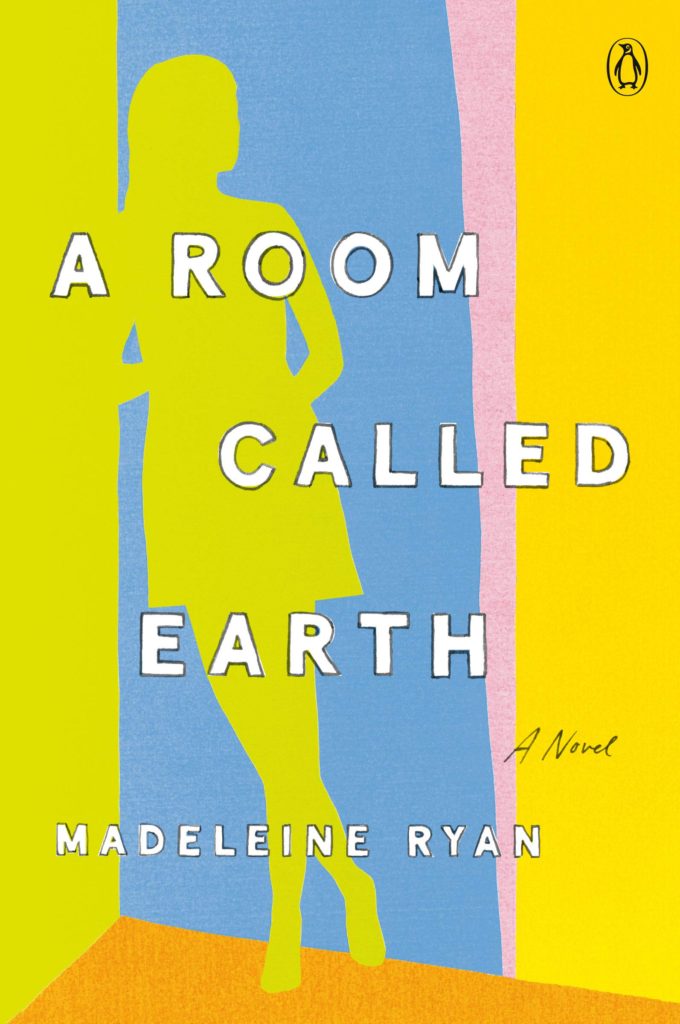A Spectrum of Neurodiversity: A Review of Madeleine Ryan’s ‘A Room Called Earth’
By Allison Wall
Posted on

One of the strengths of fiction is its ability to allow readers to live as another person. We not only move with characters through their time and space, but we also sense and feel with them. We learn more about what it means to be human—widening our experience of living—by reading novels. We practice the skill of empathy.
Australian writer Madeleine Ryan’s debut novel, A Room Called Earth (Penguin Books, 2020), offers a delightful and unique character for her readers, one that shocked me not by her strangeness, but by the extreme degree of relation and familiarity I felt for her.
A Room Called Earth follows an unnamed autistic woman getting ready for and attending a party. The events of the book take place in twenty-four hours or less, but the richness of the unnamed protagonist’s stream of consciousness taps infinity. Her thoughts range from the social posturing of women to the injustices of Australian colonialism to her altar of crystals in her garden. She feels deeply—other people’s emotions and her own—and has extreme respect for all life forms, including her cat, Porkchop. She has an affinity for imagining possibilities, including the possible ways people may perceive her at the party.
However, the beautiful, free-associating, and imaginative butterfly of her personality is cut off with the first social interaction she has with a stranger. Her inner world is not understood and her carefully reasoned philosophies are not appreciated. Though this isn’t necessarily indicative of the entire book’s trajectory, the stark contrast between how much she has to offer and that abrupt, miscued interaction is painful.
Ryan’s use of stream of consciousness gives readers the opportunity to compare the protagonist’s interior life and her external interactions. I usually associate this point of view style with 20th-century writers like Joyce, Woolf, and Faulkner. But, stream of consciousness is alive and well in Ryan’s capable 21st-century hands. She uses it brilliantly to paint a kaleidoscopic, psychedelic, fully realized, and neurodiverse portrait of a modern Australian woman who comes alive in all her human complexity.
It’s significant that Ryan herself is autistic. Writing from her own experience, she crafted a strong, clear, and empathetic protagonist who is believable and who allows readers to live the solitary and beautiful life of one autistic woman.
This book is especially important now, at a time when autistic representation in the media is controversial at best and at worst, negligent to the point of harm. Ryan’s protagonist may not be what a reader expects of an autistic character. Autism is a spectrum of neurodiversity that rarely matches the stereotypes popularized by media portrayal.
Nowhere in the book is the word “autism” used. It is included in the back cover description, but not once does the protagonist use the word to think about herself. I don’t know exactly what Ryan intended by this, and I’m not attempting to interpret it. However, I believe it is a noteworthy choice because, if a non-autistic person were to write about an autistic character, the label would surely be included in the first chapter.
This is the case with The Seven Imperfect Rules of Elvira Carr (Sourcebook Landmark, 2017) by Frances Maynard. Maynard is not autistic, yet she wrote from the first-person perspective of an autistic woman and has experience teaching autistic adults (which, of course, is not the same as living as one). In most popular stories involving autistic characters, their autism is the point, an obstacle, the cause of much tension or hilarity, of inspiration when “overcome,” or the autistic character is used as the vehicle for another character’s transformation.
The protagonist of A Room Called Earth finds great joy in her autism. She revels in her heightened senses, in her ritualistic routines, in her empathetic connections. She interacts with the world on her terms. She does not allow herself to be defined or labeled. It is thrilling to experience a neurodiverse character taking up positive space in a narrative, and indeed, to be the entire narrative, so that the goal is our discovery and witness of her personhood.
I can’t speak for all autistic readers, but as an autistic person myself, I found Ryan’s protagonist astonishingly relatable. I was overwhelmed by how many times on a single page I identified with her. I felt seen and represented to such a degree that it made me wonder, Is this how neurotypical people experience all fiction? Is neurodiverse representation really this lacking?
So, I offer a blunt conclusion. The world needs more from Madeline Ryan, as soon as possible.
– Allison Wall